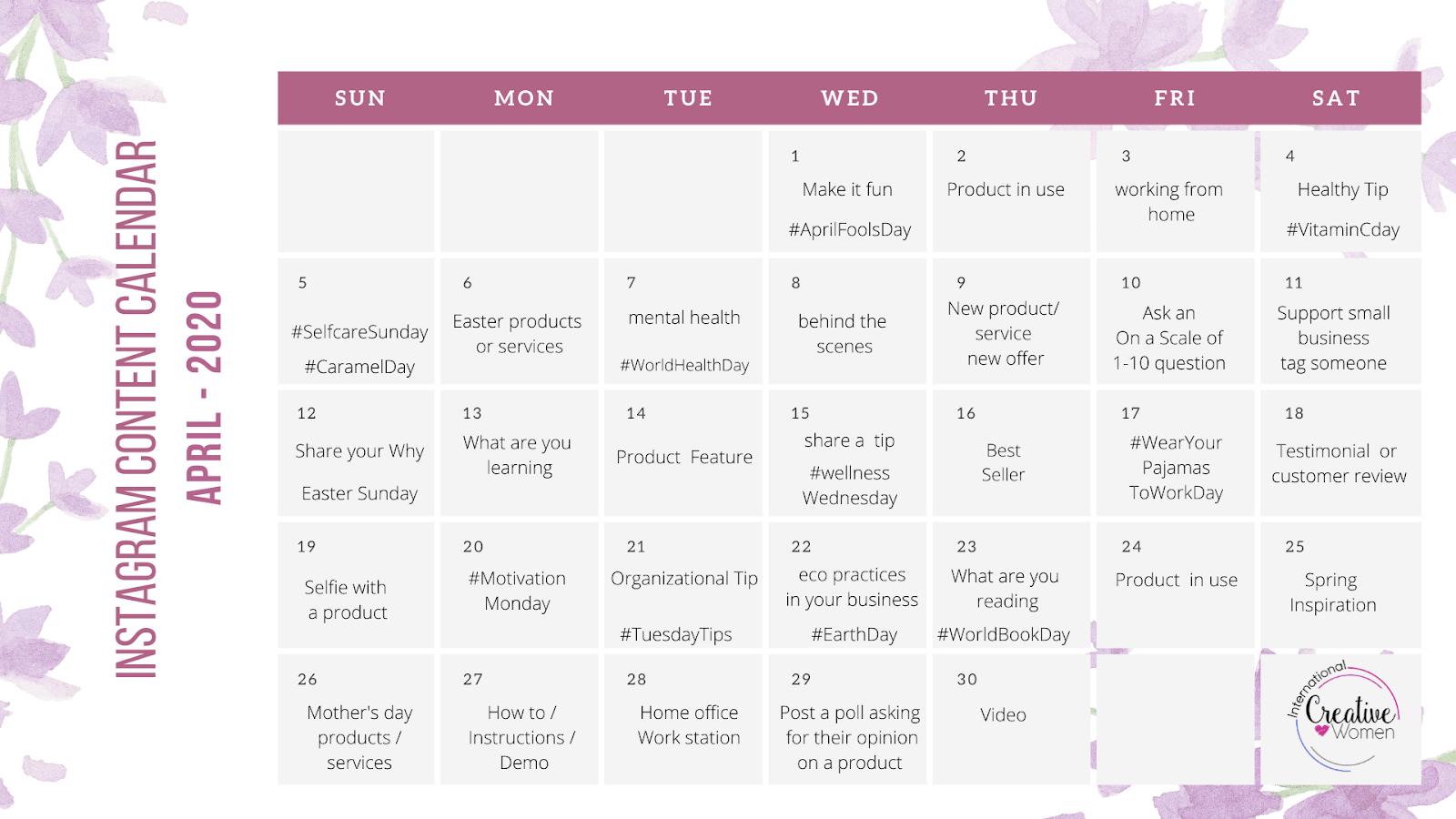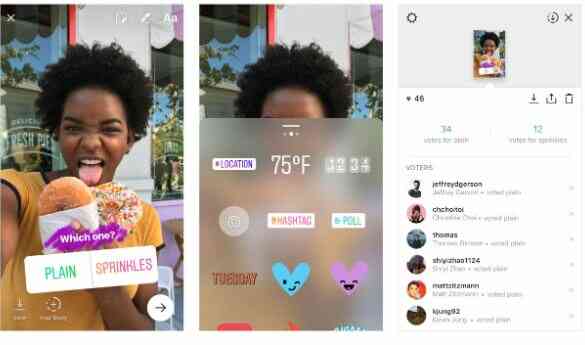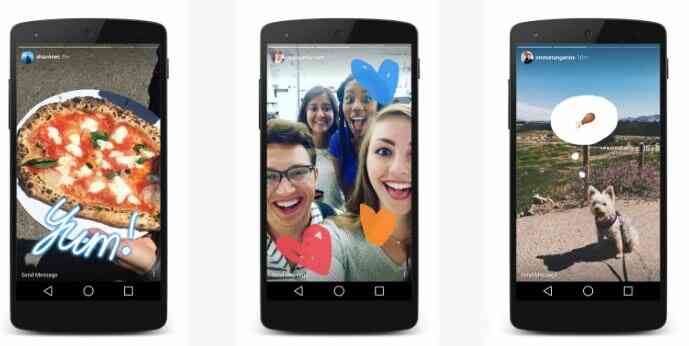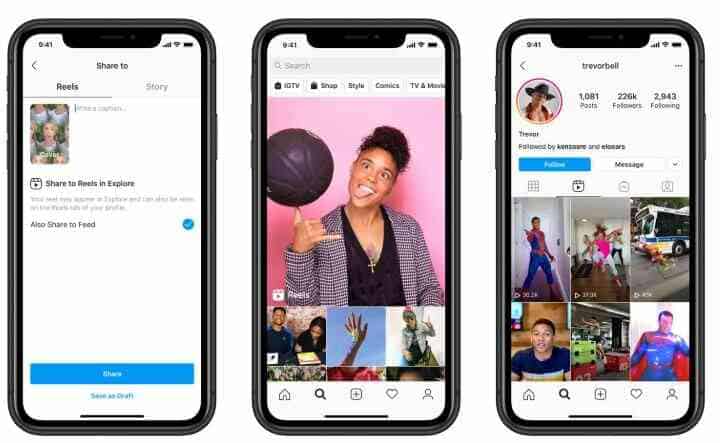Instagram is one of the social media platforms which brands use to engage their target audience, build, and nurture relationships that can lead to sales. It is a visual platform where content is key to achieving anything you want.
However, it is not just about putting content on Instagram but having a content calendar that informs the content you post.
[playht_player width=”100%” height=”175″ voice=”Mark”]
Some brands fall short in this aspect and if you’re one of them, this guide is for you. You will learn how to create an Instagram content calendar as you strive to grow your brand.
What is an Instagram Content Calendar?

Instagram content calendar is a schedule made ahead on what your upcoming content should be, and when you plan to post it.
This includes your Instagram stories, promotional videos, profile updates, images, content updates, hashtags, and more.
Why do you need an Instagram Content Calendar as a brand?
As someone who wants to grow his brand on Instagram with content, staying organized is key. You aren’t posting content on Instagram for fun.
You have a goal, and content is a way to realize it. Here are reasons you need an Instagram content calendar:
- Create a room for brainstorming on content ideas
- Ensure you are consistent with posting content that interests your target audience on Instagram.
- Tailor your content to the products and services you offer
- Update old content with new ones
- Collaborate with your team on content
- Measure the effectiveness of your content
Create an Instagram content calendar for your brand using these steps:
Identify Your Target Audience
Whether you sell a product or service, you have a particular audience in mind that your brand targets.
The first step to creating your Instagram content calendar is to identify this audience.
By that, I mean what their problems are, age, location, behavior, likes, dislikes, etc. It’s a waste of time and effort if your content on Instagram targets the wrong audience.
It equally means little or no leads, not to talk of sales. Below are three commonest ways to identify your target audience on Instagram.
Analyze your competitors
No matter your niche, you surely have competitors who sell the same products and services as you on IG. Search for keywords related to your business and you will see your competitors.
Check out the type of content they post, their brand voice, followers, and level of engagement on their pages.
That will tell you the type of content that will resonate with your audience since you are in the same niche as them.
Create an Instagram Poll

Instagram poll helps you identify who your target audience is. The fact is that not all your followers are your target audience.
Poll tells you what people want to see from your brand. It involves typing a few questions that relate to the goal you want to achieve on Instagram and encouraging your followers to participate in it.
Here is a guide on how to create Instagram Poll.
In the end, you analyze the result which you can use to make an informed decision.
Use web analytics tools
Web analytics tools like Oribi or Google Analytics offer extensive data on the behavior of the audience who visits your brand’s website.
That information will provide an insight as to which channels your target audience are coming from and the type of content they are engaging. Pay attention to see if Instagram drives traffic to your website.
If yes, analyze the content your audience engages with. If it is one that drives leads, take note of it and create more content around it.
Conduct Instagram Content Audit
Brands mainly use tutorial videos to promote their products and services to their target audience on Instagram. No matter the type of content you use, you need to run an Instagram content audit.
It will help identify content that are performing well, those that need revival, and those that are irrelevant to your brand which you should delete.
No matter how long you have been posting on Instagram, this process is important otherwise you will find it hard to plan your content. Carrying out an Instagram content audit is simple.
Instagram has in-built analytics where you can see the performance of the content you post. It’s free and you can begin from there.
However, you have to invest in a tool like Hootsuite if you want to dive deep into the analytics of your Instagram content. It gives you accurate insight on engagement, reach, impressions, and more.
Your Instagram content audit should capture hashtags and captions to check if they’re in line with your content strategy on IG.
Set your goals on Instagram
Your goal on Instagram must be clearly set. Why? Creating suitable content for your brand begins with understanding what you intend to achieve. Some brands make the mistake of copying what their competitors are doing. They forget that what works for their competitors may not work for them.
Below are common Instagram goals brands set:
Get engagements: Users like, comment, or share your posts and you interact with them by answering their questions or replying their direct messages.
Grow your audience: Post content consistently, using hashtags and other Instagram SEO hacks to ensure you get more followers and boost your reach.
You have to brainstorm with your team on how to create content that can go viral on Instagram if you want to grow your audience at a faster pace. A common idea is to jump on trends in your niche.
Build a community: A community is one of the assets you have on Instagram. It simply means attracting and retaining a group of audience who interact with your content and one another.
It is a goal of brands that want to earn the loyalty of their customers and also have them spread the good news about their products and services.
Drive traffic: Here you create content that sparks the curiosity in your audience and add a link to it. Many of them will click on the link in your bio or swipe on your IG stories.
That will drive them to your website. If you are a brand that makes money from Ads, driving massive traffic from Instagram to your website can be a goal.
The amount of money you make from ads placed on your site depends on the number of users that viewed and engaged with it.
Generate sales: This is the goal of many ecommerce merchants who sell on various ecommerce platforms. You add the link to your store on your Instagram bio.
Alternatively, you can apply for Instagram shopping so that you can promote and tag your products in your stories and posts.
Create And Store Your Content
You have to create the content you want to post on Instagram. Remember you’re a brand and any content you create should gear towards promoting your product or service.
You should create your post captions and hashtags ahead of time. AI copywriting tools like Jasper.ai have advanced templates you can use to write any form of copy for Instagram. Your images and videos should also be handy. Canva is a free graphic tool that you can use to design Instagram images and create Instagram videos.

Next is to store this content where you can easily have access to them. There are different cloud storages where you can store your content. Google Drive, Dropbox, OneDrive are some examples.
I use Google Drive because I find it easy and it offers free 15-gigabyte storage. Go to your Drive, and create a new folder.
Then copy or move all the content you have created to the new folder. Name your folder, and save.
Make Your Brand’s Visual Style Known
Instagram is a visual platform where a lot of brands compete to dominate their niches. When creating the content you want to add to your calendar, factor in your brand’s visual style and enforce it.
By that, I mean intentionally using the colors associated with your brand when designing the photo or creating the videos you want to post on IG. You can do the same for your texts and theme grids.
Some of the tools that offer Instagram content templates allow you to edit and customize your templates.
That’s an opportunity to enforce your band’s visual style. The goal is to stand out from the fierce competition and use visuals to build your brand in the minds of your audience.
Leverage variety to show creativity
Instagram at this early stage was all about photos but that has changed today. It offers a variety of content that you can use to showcase your creativity. Don’t plaster your content calendar with one type of content.
It can be boring and your audience who want more from you may switch their loyalty to other brands.
Your content calendar should accommodate various forms of content which include:
Instagram Stories

This form of content is suitable when you want to share memorable moments with your audience.
Although stories have a lifespan of 24 hours, you can make them permanent when you save them as highlights. That way, they can appear on your profile permanently and your audience who missed it can always view it at a later time.
User-Generated Content
You don’t always have to create your own content. You can leverage the content your audience or customers create.
It’s even a win-win. Why? Customers who noticed that you used the content they created about your brand will feel appreciated because you tagged them. Some will engage and share it which helps boost the visibility of such content.
IGTV
If your brand’s Instagram account is verified, you can try Instagram TV. It is better than Stories because you can share video content that is up to 60 minutes.
Also, you have the opportunity to upload specific videos that promote your business.
Reels
Reels are 15 seconds video content you can create using animated text overlays and audio. Jump on it if you can’t create long videos.

You can share Reels with your followers on the feed. The algorithm recommends your Reels to new users when you make them available to the Instagram community through explore.
Select A Template
After creating and storing your content, the next is to choose an Instagram content calendar template. This helps you plan and organize your content on a weekly, monthly, or quarterly basis.
Hootsuite, Hubspot, Trello, and Evernote are popular tools that offer Instagram content calendar templates. I prefer the Instagram content calendar that Hootsuite offers because it is easy to understand and use.
It is similar to a Google Sheet document. Instruction on how to create a copy is on the first page while the template itself is on the second page.
All you have to do is to fill in your content and organize them as you want. If you’re on a tight budget and can’t afford the monthly fee for Hootsuite, you can make your own Instagram content calendar template using Google Sheet. Learn how to do it here.
After choosing an Instagram content template or creating one, the next step is to plan your content.
Fill in your content and the days you plan to post. Don’t forget major holidays and important days in your business such as anniversaries.
Schedule Your Content
Congratulations on creating an Instagram content calendar. The final step is to schedule your content so that they can post automatically.
That saves you the time and energy you invest in posting content on Instagram manually.
Unfortunately, you can’t schedule your post directly within Instagram. You need third-party scheduling tools like Bulk.ly, Agora, Trello, and Hootsuite to schedule your post on Instagram.
Final Thoughts on Creating an Instagram Content Calendar
Growing your brand on Instagram with content requires deliberate and conscious effort. Posting content on Instagram without a content calendar is like wanting to win a game without a strategy.
It will put you off track towards achieving your goal as a brand. That’s why having an Instagram content calendar is the way forward.
I have shown you how to create one. It’s up to you to implement it by creating content that interests your target audience, organizing them using a template, and scheduling them to post automatically.


